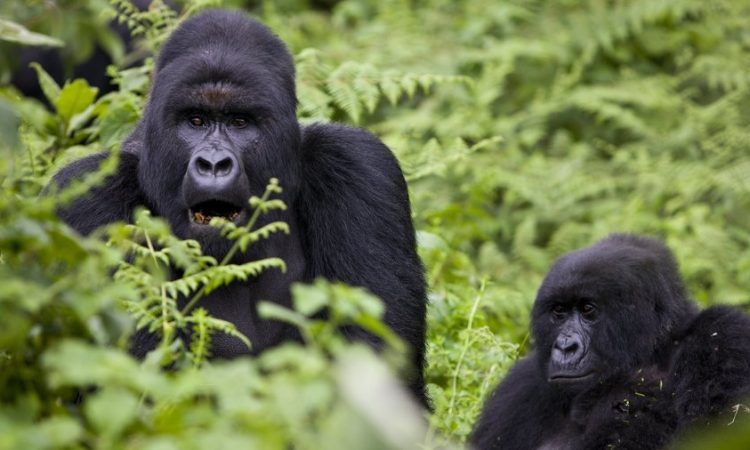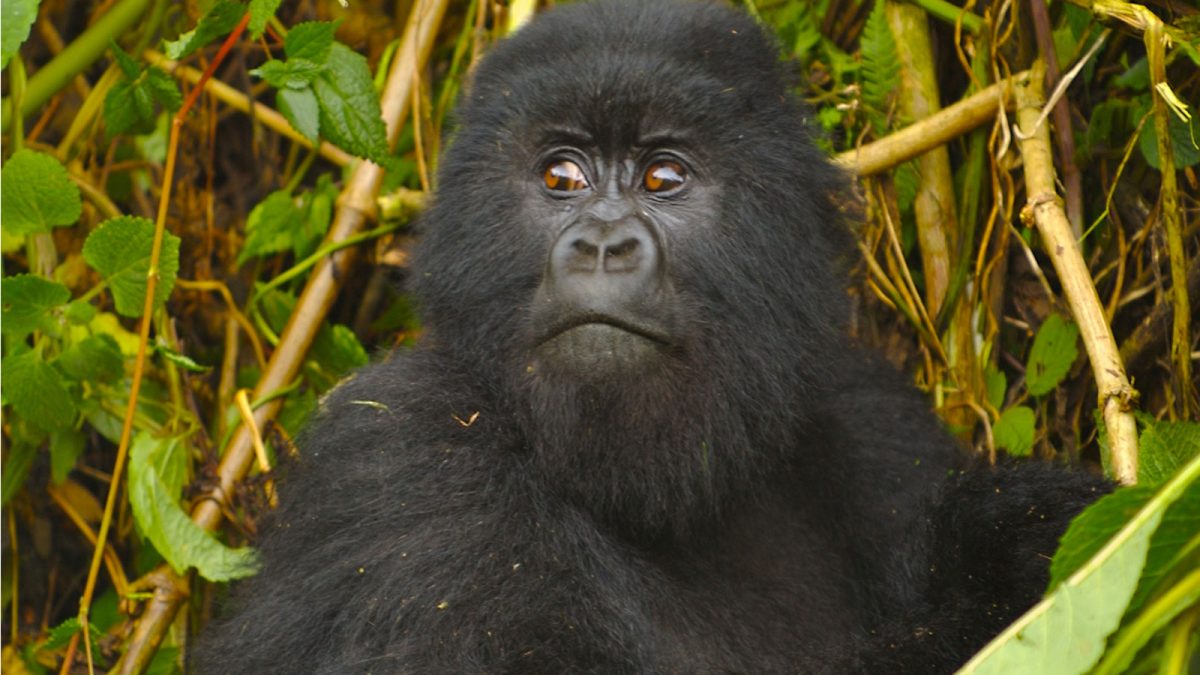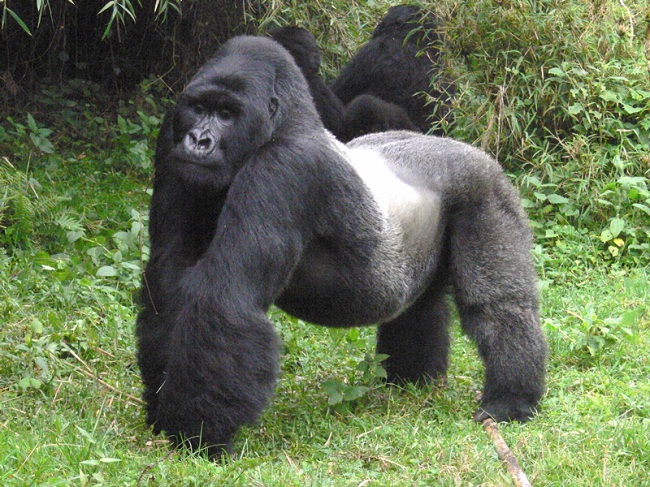
Interesting facts about the Mountain Gorillas
Interesting facts about the Mountain Gorillas
Interesting facts about the Mountain Gorillas: The mountain gorillas are one of the most admired species on the planet and this is mostly because of these wild animals sharing up to 985 of their DNA with the human species. From their physical appearance to the social setting, the closeness can be seen on your visit to the mountain gorillas. There is so much more to discover about the mountain gorillas but here are a few facts you may not be aware of or are not confident about their truth.
One of the facts is the mountain gorilla is they teach and learn from each other just like the humans. Humans communicate among themselves by speech to pass a message while for the gorillas make some sound with more if imitation by use of body language depending on the message they are trying to pass on. This communication helps the gorillas cope up with the different scenarios.
On your mountain gorilla trekking experience, you will be able to study this as you spend the magical one hour with these gentle giants. The older gorillas tend to warn the younger ones on how to survive in the forest by identifying snares before even getting caught in one. The younger ones are able to tell from the reaction of the older gorillas when they encounter a snare and learn from that.

Mountain gorillas are the only growing gorilla sub species in the world in a sense that the numbers are growing at a good rate factored by the conservation efforts of the stakeholders of the tourism. Among the great apes, the mountain gorillas and the human have a steady increase in their numbers over the years. This is a celebrate able fact as the mountain gorillas were listed on the IUCN’s list of critically endangered with less than 1,000 individuals, about 250 individuals left in the world in the 1980s however in 2018, a census was carried out and it showed a positive change in the numbers which gives hope to this species.
This moved the mountain gorillas from the critically endangered species to endangered species with about 1,063 individuals by then and more births have been recorded in the park since. The local communities along with the governing bodies and international wildlife donors are to be greatly appreciated for this.
Mountain gorillas are also emotional creatures just like the humans. When gorillas are sad, angry or stressed over something, they will definitely feel it and show it. Gorillas can be noticed when they are being emotional however much they will not release tears as humans do when they are crying but the gorillas’ body language will give them away. They may also make some sounds familiar to those when humans are crying. The gorillas however still have tears which they only release when they are lubricating their eyes.
Male gorillas head the family just like in the human social setting where the head of the house is the man. Mountain gorillas are usually social animals however this does not apply to the male mountain gorillas as the adult males in the group tend to break away in solitary rather than be ruled by the dominant male.
This dominant male is chosen by the group basing on their strength and ability to lead the group so it is very common to find a group of male gorillas living in solitary. These groups of males start to form their own group as they attract females to join them from the other gorilla groups. When one male has gathered enough members especially females, he will break away from this solitary male group and start his own group.
Mountain gorillas are vegetarian animals in a sense that the biggest percentage of food they consume is the various plant species in the forest all year long. The mountain gorillas have sometimes been seen eating other invertebrates and even eating their dead babies majorly because they would rather eat them than the other forest animals like the wild cats feeding on them. Once the animals in the forest taste the gorilla meat, there is fear of being hunted by them. This revokes their vegetarian status making them omnivores.
The dominating male silverback is the bigger parent as they take the big part in the young gorilla’s upbringing and spend time playing with them, teaching them how to adapt in the forest with a few skills. The dominant male- the silverback gorilla may not even know which infant belongs to him that is why he may prefer to spend a lot of time with the older ones. On your mountain gorilla trek, you may see this where the silverback is spending time with the young gorillas as the mother gorilla is looking for food for the family.

Mountain gorillas are not as playful and social as the chimpanzees. They may have close resemblance however the mountain gorillas are much calmer as they stay in one place but chimpanzee on the chimpanzee treks can be seen swing from one tree branch to another. The Chimpanzees are more open to showing affection while the gorillas, chances of seeing them relate that close are low. It is only on a few occasions where the gorillas display affection to prove rekindling of the broken relationship.
Mountain gorillas build new beds every night. You may have heard of this that is why the gorilla trek is never obvious and every day is a new experience with different paths lead by the skilled trackers who set out into the forest earlier. The mountain gorillas move during day and where the nightfall finds them is where they set up. They take about 5 minutes to set up each of these nests. The nests are built using the available material that is the leaves and small tree branches and are built in a circular form. However much they are known as nests, they are set up on the ground but the gorillas that prefer to sleep at a higher ground may set up there.
Mountain gorillas will spend most of their day passing time, looking for food and feeding which is also one of interesting facts about the Mountain Gorillas. This will be the routine for every day of their lives. They also tend to move only one mile at most when moving around the forest. The rest of the day may be spent playing and teaching the younger ones.
The silverback gorilla is known to be usually the chosen leader but a stronger black back if interested and stronger can overpower the silverback. The Volcanoes National Park has had such a scenario before where the black back at the age of 17 overpowered the ruling silverback and took control of the group and the silverback became the assistant.


